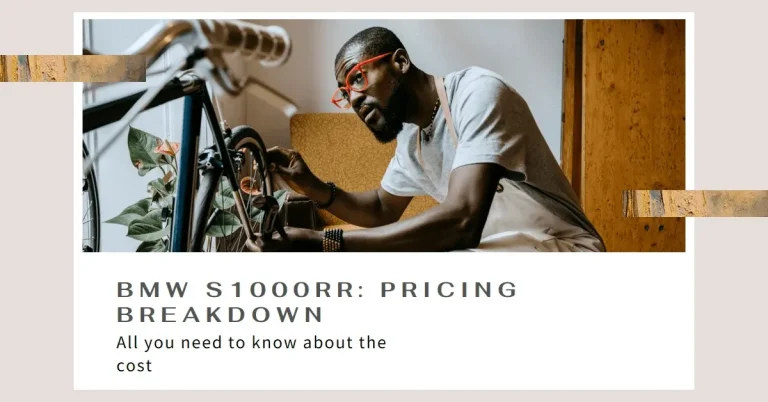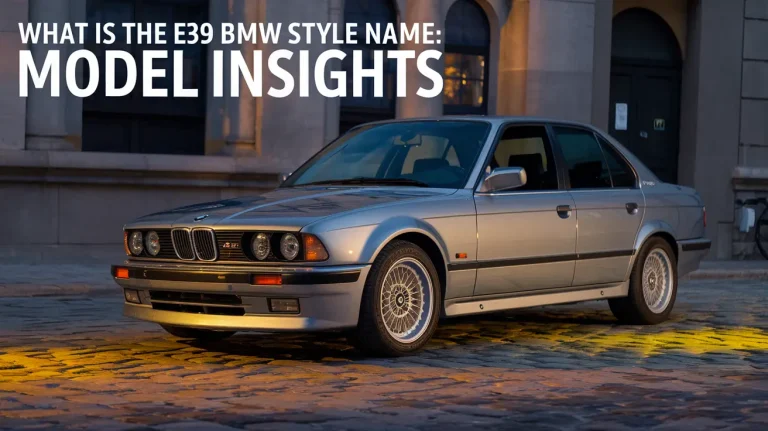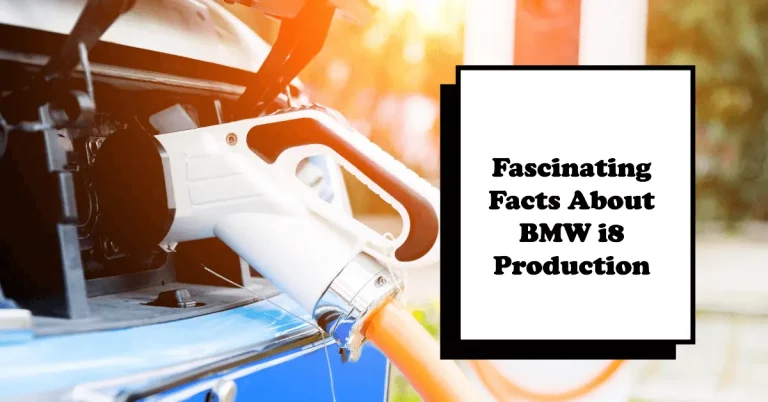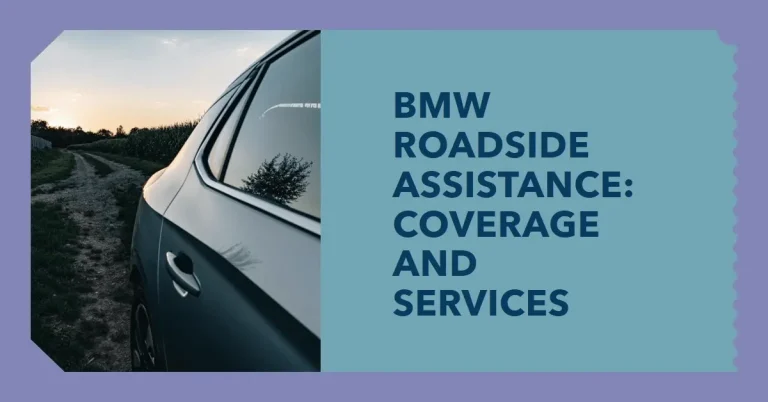How Many BMW Models Are There? Current and Past BMWs
BMW is known for making the “ultimate driving machines” – luxury vehicles that combine performance, comfort and cutting-edge technology. With over 100 years of history spanning planes, motorcycles and automobiles, just how many different BMW models are out there?
This in-depth guide tallies up every current and past BMW model to answer the question: how many BMW models are there? Read on to learn about all the BMW model series and families.
Overview of BMW Model Lineup
As of 2023, there are over 60 BMW models across cars, SUVs and EVs in global production. Major model families include:
- Numbered series – 2, 3, 4, 5, 6, 7, 8 Series coupes and sedans
- X models – X1 through X7 luxury SUVs
- Z models – Z4 roadster sports cars
- i models – Electric vehicles like iX3 and i4
- M models – High performance versions by BMW’s M division
In addition there have been dozens of BMW models produced over the past century, though many have been discontinued.
BMW uses an alphanumeric naming structure for organizing models by series, engine and body style. Let’s break down what the different model names signify.
Sedans, Coupes and Gran Coupes
The core BMW models use an odd/even numbering system:
- Even numbers (2, 4, 6, 8) are sportier coupe and convertible styles
- Odd numbers (3, 5, 7) are four-door luxury sedans
Here is a rundown of the current BMW car model lineup:
2 Series
The 2 Series models are BMW’s smallest and most affordable vehicles. There are two-door coupe, four-door Gran Coupe and convertible variants.
Models: 230i, M240i, M2 CS, 228i xDrive Gran Coupe
3 Series
The popular 3 Series models span sedan, sports wagon, Gran Turismo and long-wheelbase bodies. Engines range from four-cylinder to six-cylinder and hybrids.
Models: 320i, 328i, 330i, 330e, M340i xDrive, M3
4 Series
Based on the 3 Series, the sportier BMW 4 Series has coupe, convertible and Gran Coupe four-door liftback options.
Models: 430i, M440i, M4 Competition, i4 eDrive40, i4 M50
5 Series
BMW’s midsize sedan and wagon comes with a choice of six-cylinder or V8 engines, plus a plug-in hybrid variant.
Models: 530i, 540i, M550i xDrive, 530e xDrive, i5 eDrive40
6 Series
The 6 Series family includes the sporty two-door coupe, convertible cabriolet and four-door Gran Coupe fastback sedan.
Models: 640i xDrive Coupe, 640i xDrive Gran Coupe, M6 Gran Coupe
7 Series
Serving as BMW’s flagship luxury sedan, the 7 Series has a plug-in hybrid plus new all-electric i7 sedan options.
Models: 740i, 750i xDrive, M760i xDrive, 745e xDrive, i7 xDrive60
8 Series
On the upper end of BMW models, the 8 Series stands out with sporty grand touring coupe, convertible and four-door Gran Coupe styles.
Models: 840i Gran Coupe, M850i xDrive Coupe/Convertible/Gran Coupe
BMW SUV and Crossover “X” Models
In 1999 BMW ventured into the world of luxury SUVs and crossovers with its first X5 model. Now there are seven SUV model lines:
X1
The subcompact X1 SUV comes standard with all-wheel drive and a turbo four-cylinder engine. An all-electric iX1 is also available.
Models: X1 sDrive28i, X1 xDrive28i, iX1 xDrive30
X2
Related to the X1 but with a more coupe-like slope-backed design, the X2 offers sportier handling in a compact luxury SUV package.
Models: X2 sDrive28i, X2 xDrive28i
X3
One size up, the X3 is BMW’s popular compact luxury SUV available with rear-wheel or all-wheel drive and both gas and plug-in hybrid variants.
Models: X3 sDrive30i, X3 xDrive30i, X3 M40i, X3 xDrive30e
X4
The sport activity coupe version of the X3, the BMW X4 crossover has a more aggressively sloped “coupe” body style profile.
Models: X4 xDrive30i, X4 M40i, X4 M Competition
X5
BMW’s best-selling luxury SUV, the midsize X5 offers room for up to seven passengers, with a choice of gas, diesel or plug-in hybrid powertrains.
Models: X5 xDrive40i, X5 xDrive45e, X5 M50i, X5 M Competition
X6
With its dramatically coupe-like sloped rear roofline, the X6 sacrifices some passenger and cargo space for head-turning style.
Models: X6 xDrive40i, X6 M50i, X6 M Competition
X7
The largest SUV from BMW, the X7 has three rows of seating for carrying up to seven passengers in opulent comfort.
Models: X7 xDrive40i, X7 M50i, X7 M60i xDrive
In 2022 BMW also introduced its first electrified SAV (Sport Activity Vehicle), the iX. Related to the X5, X6 and X7 models, the iX brings zero-emissions driving to BMW’s luxury SUV lineup.
Models: iX xDrive50, iX M60
Z Series BMW Roadsters
For those seeking maximum thrills behind the wheel, BMW’s line of Z Series roadsters deliver quick acceleration, razor sharp handling and open air motoring.
The first Z Series BMW hit the road in 1985 as a spiritual successor to pre-war BMW roadsters. More than 35 years later, the lineage continues today:
Z1
Produced from 1989-1991, the unique Z1 featured removable plastic body panels and a slick disappearing door design. One of BMW’s rarest models with under 9,000 units built.
Z3
Arriving in 1996, the compact Z3 roadster marked BMW’s return to the two-seat affordable convertible market. Over 300,000 first generation Z3’s were produced.
Z4
Debuting in 2003, the Z4 blend performance, handling and comfort updates in BMW’s sports car tradition. Now in its third generation.
Models: Z4 sDrive30i, Z4 M40i
Z8
Though discontinued in 2003 after a short five year model run, the exotic Z8 luxury roadster makes the list for its standout retro-futuristic styling inside and out.
History of High Performance BMW M Models
The BMW M division was formed in 1972 with a focus on racing, high performance street cars. The first vehicle produced under the M banner was the M1 sports car.
Today BMW M stands for the pinnacle of BMW engineering and design – building the fastest, most capable Bimmers for enthusiasts and the track. Everything from engines and suspension to aerodynamics and styling is enhanced.
Current BMW M cars: M2 Competition Coupe, M4 Coupe/Convertible, M5 Sedan/Wagon, M8 Coupe/Convertible/Gran Coupe, X3 M, X4 M, X5 M, X6 M
Special Competition and CS models add further track-oriented upgrades. Past legends like the E46 BMW M3 CSL and E39 BMW M5 continue to have strong followings with BMW fans.
Electric i Models Expanding BMW’s Lineup
In 2013, BMW unveiled its “i” sub-brand dedicated to sustainable electric mobility. Since then, the German automaker has launched several battery-powered models.
BMW i3
The first dedicated EV from BMW, the i3 brought advanced carbon fiber construction and funky city car styling to the lineup.
BMW i8
With dihedral doors and a 1.5-liter three-cylinder range extender generator, the sleek i8 plug-in hybrid supercar served as BMW’s high tech halo model following its 2014 launch.
Current i models
- iX1 – Fully electric version of X1 compact luxury SUV
- i4 – Compact 4-door coupe EV
- i7 – Flagship electric 7 Series sedan
- iX – Electric midsize luxury SUV
Numerous concept vehicles have also shown BMW’s vision for an electrified future, including the i Vision Dee concept car and color changing i Vision Circular. By 2023, BMW aims to have at least 13 all-electric models available.
Discontinued BMW Classics
While models like the 3 Series and 5 Series seem ubiquitous on today’s roads, BMW has an extensive back catalog of vehicles that have come and gone through the decades.
A few highlights of now discontinued BMW models:
2002 – The 02 Series cars of the 1960s and 70s, led by the 2002 Turbo, helped establish BMW as a leader in sport sedan segment.
M1 – BMW’s late 1970’s mid-engine supercar was the brand’s first M car and featured exotic looks by Giugiaro.
Z3 – Reviving the roadster tradition in the 1990s, the Z3 also co-starred in James Bond’s GoldenEye film.
Z8 – The early 2000s retro-modern Z8 mixed exotic roadster style with a 400 horsepower V8 pulled from the BMW M5.
i8 – One of the most head turning models in BMW’s history, the hybrid mid-engine i8 plug-in hybrid sports car dared to be different.
6 Series (E24) – Today overshadowed by newer generations, the original 6 Series grand touring coupes retain esteem from 1970s and 1980s BMW fans.
The Future: More Electric BMWs Coming Soon
The BMW Concept XM plug-in hybrid SUV gave a peak at future electrified performance models blending M power with electric torque.
Meanwhile the radical BMW i Vision Circular imagines a 100% recyclable circular economy city car made from sustainable materials and powered by advanced solid state batteries.
By 2025, BMW expects half its global sales will come from electrified models including battery electric and plug-in hybrid variants. The next all-electric model expected is the i5 sedan in 2023.
In Summary: Over 100 BMW Models and Counting
Today there are over 60 BMW cars, SUV and EV models currently in production – plus dozens more released over the brand’s century long motorsports pedigree. From the diminutive BMW Isetta bubble cars of the 1950s to the flagship 7 Series limousines to the latest track-ripping M3 and M4 high performance models, BMW has something for every driving enthusiast.
The past, present and future of BMW offers a rich landscape of luxury automobiles covering all styles and performance levels. Not to mention motorcycle models as well from the German marque. As battery and computing technologies continue advancing, we expect the next 100 years of BMW history to be as innovative as the first.
So in total, how many BMW models are there ultimately? Certainly over 100 variants and counting!







